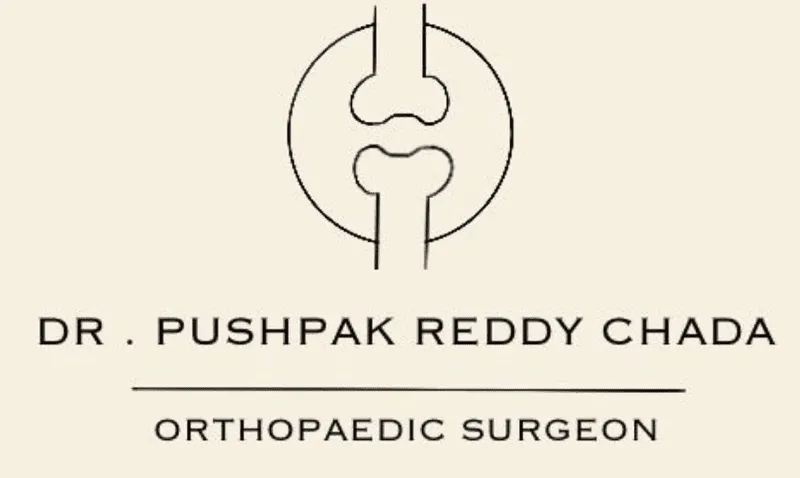As we age, our bones naturally become weaker and more fragile. This makes older adults more vulnerable to fractures, especially from falls or accidents. Geriatric fractures, as they are commonly known, are a significant health concern for older individuals, often leading to long recovery times, hospitalizations, and a decrease in overall quality of life. In this blog, we will explore what geriatric fractures are, how they occur, how to prevent them, and the best treatment options to ensure the fastest and most effective recovery.
What Are Geriatric Fractures?
Geriatric fractures refer to bone breaks that occur in older adults, often as a result of low-energy trauma such as a simple fall or even minor accidents. These fractures typically affect the bones that are most prone to damage as a person ages, including the hip, wrist, spine, and shoulder.
The fragility of bones in older adults is primarily due to a condition known as osteoporosis. Osteoporosis causes bones to become less dense and more brittle, increasing the risk of fractures. Other factors like muscle weakness, poor balance, and impaired vision also contribute to the likelihood of falls, which can lead to these fractures.
Geriatric fractures can be severe and life-altering, affecting mobility, independence, and overall health. Early treatment and proper management are crucial to reducing complications and ensuring the best possible recovery outcomes.
Causes of Geriatric Fractures
There are several reasons why older adults are more prone to fractures. Some of the most common causes include:
- Osteoporosis: As mentioned earlier, osteoporosis weakens the bones, making them more fragile and easier to break even with minimal trauma.
- Falls: Older adults often experience falls due to balance issues, weakened muscles, and decreased coordination. These falls can lead to fractures in various parts of the body, most commonly the hip and wrist.
- Muscle Weakness: The loss of muscle mass that comes with aging can affect your ability to maintain balance and stability. Weaker muscles can contribute to falls, which increase the risk of fractures.
- Chronic Conditions: Conditions such as arthritis, Parkinson’s disease, and diabetes can impact mobility, making it more likely for an individual to fall or suffer a fracture.
- Medications: Some medications used by older adults, such as sedatives, antihypertensive drugs, and medications for seizures, can cause dizziness or drowsiness, increasing the risk of falls.
- Nutritional Deficiencies: Lack of vital nutrients like calcium and vitamin D can make bones weaker and increase the risk of fractures.
Common Types of Geriatric Fractures
Certain fractures are more common among older adults due to the natural weakening of bones and the high likelihood of falls. Some of the most common types of geriatric fractures include:
- Hip Fractures: These are one of the most common and serious fractures in the elderly, often requiring surgery. Hip fractures can lead to long hospital stays, long recovery periods, and complications like infections or blood clots.
- Wrist Fractures: These fractures often occur when an older person tries to break a fall with their hands. While they may not always require surgery, wrist fractures can severely affect an individual’s ability to perform daily activities.
- Spine Fractures: Compression fractures in the spine are particularly common in older adults with osteoporosis. These fractures may cause severe back pain and a loss of height over time.
- Shoulder Fractures: Shoulder fractures can occur from falls or accidents and often require surgery for effective treatment.
Symptoms of Geriatric Fractures
Symptoms of a fracture can vary depending on the type and location of the injury. However, some common signs include:
- Pain: Intense pain at the site of the fracture, especially when trying to move the affected area.
- Swelling and Bruising: The area around the fracture may become swollen, bruised, and tender to the touch.
- Deformity: In severe fractures, the bone may appear deformed, or the affected limb may be out of alignment.
- Difficulty Moving: If the fracture involves a joint or weight-bearing bone like the hip or leg, it may be difficult or impossible to move the affected area.
- Inability to Bear Weight: If a leg or hip is fractured, it may be painful or impossible to bear weight on that side of the body.
Treatment Options for Geriatric Fractures
The treatment for geriatric fractures depends on the severity of the injury, the location of the fracture, and the individual’s overall health. Here are some common treatment options:
- Rest and Immobilization: For less severe fractures, rest and immobilization using a cast, splint, or brace may be enough to allow the bone to heal.
- Surgical Intervention: In many cases, especially with hip fractures or more severe breaks, surgery may be required. This may involve the use of metal plates, screws, or rods to hold the bones together during the healing process.
- Physical Therapy: Once the fracture has healed enough, physical therapy is crucial to help restore mobility, strengthen muscles, and prevent future falls. Therapy will often include exercises to improve balance, coordination, and strength.
- Pain Management: Pain management is a key aspect of fracture treatment, especially for older adults. Doctors may recommend over-the-counter or prescription pain medications to help manage discomfort during the healing process.
- Nutritional Support: Ensuring adequate calcium and vitamin D intake is vital for bone health. A doctor may recommend supplements to support bone healing and prevent future fractures.
Preventing Geriatric Fractures
While some fractures are inevitable due to age, there are several steps you can take to reduce the risk:
- Exercise: Regular weight-bearing exercises like walking, strength training, and balance exercises can help keep bones strong and improve coordination and balance.
- Bone Health: Ensure adequate intake of calcium and vitamin D, which are essential for bone strength. You can also talk to your doctor about medications to help prevent bone loss if you have osteoporosis.
- Fall-Proof Your Home: Remove tripping hazards like loose rugs, clutter, or electrical cords from your living space. Install grab bars in the bathroom and use non-slip mats in the shower.
- Regular Check-Ups: Regular health check-ups can help detect early signs of osteoporosis or other conditions that could increase the risk of fractures. Your doctor may also recommend a bone density test to assess your bone health.
Conclusion
Geriatric fractures are a significant health concern, but with the right treatment and preventive measures, older adults can recover successfully and reduce the risk of future fractures. Early intervention, proper treatment, and lifestyle adjustments play a critical role in maintaining mobility and quality of life. Consult Dr. Pushpak Reddy Chada today! If you or a loved one is dealing with a geriatric fracture or concerns about bone health, Dr. Pushpak Reddy Chada offers expert care and



